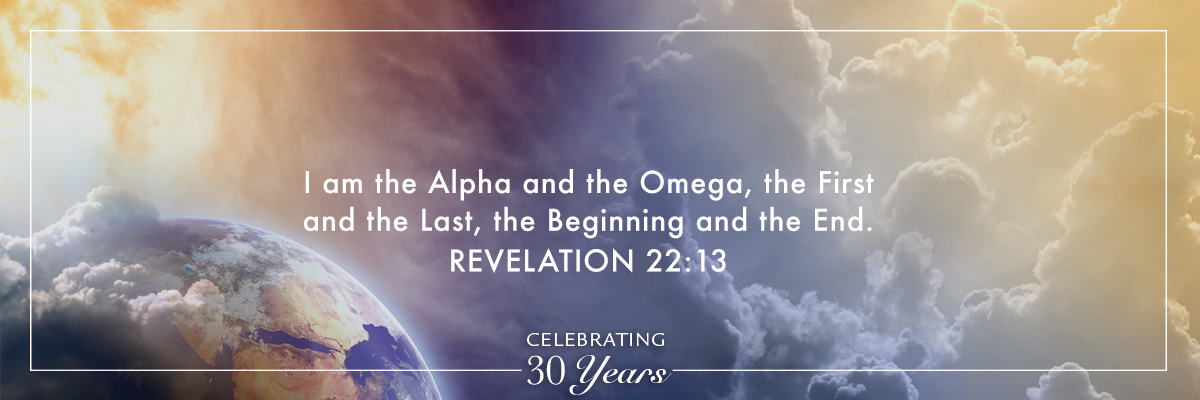

Day of Wrath
- May 14, 2018 | Revelation 6:12–17
Giuseppe Verdi’s great work Messa da Requiem is a brooding memorial to a poet and writer whom Verdi admired. One of its most famous sections is the “Dies Irae,” which means “Day of Wrath.” During this section trumpets surround the stage, signifying the call to judgment, and the chorus almost shouts: “Day of wrath, that day earth will be in ashes.” The somber tone of Verdi’s work might make contemporary churchgoers uncomfortable. In a culture in which the church tries hard to make people feel comfortable, the notion of divine wrath seems out of place.
God’s wrath is the focus of the sixth seal. As the Lamb breaks the seal, a series of cataclysmic events unfold. A great earthquake rumbles. The sun turns black and the moon turns red. Stars fall from the sky “as figs drop from a fig tree when shaken by a strong wind” (v. 13). The heavens recede and every mountain and island is shaken. All creation is coming undone.
Is this symbolic language or a description of real events? Some try to link this description to natural or human causes, perhaps a large asteroid or a nuclear holocaust. The text suggests that the events are real but that the cause is supernatural rather than natural. And those who try to find a place of refuge will say: “Fall on us and hide us from the face of him who sits on the throne and from the wrath of the Lamb! For the great day of their wrath has come, and who can withstand it?” This is only the beginning. The events that will soon follow will prove the truth of Hebrews 10:31: “It is a dreadful thing to fall into the hands of the living God.”
Pray with Us
Please include in your prayers James Hickman in Records Management. Ask for the Lord’s help as he carries out a wide range of responsibilities in Moody’s archives, safeguarding Moody Bible Institute’s history.






